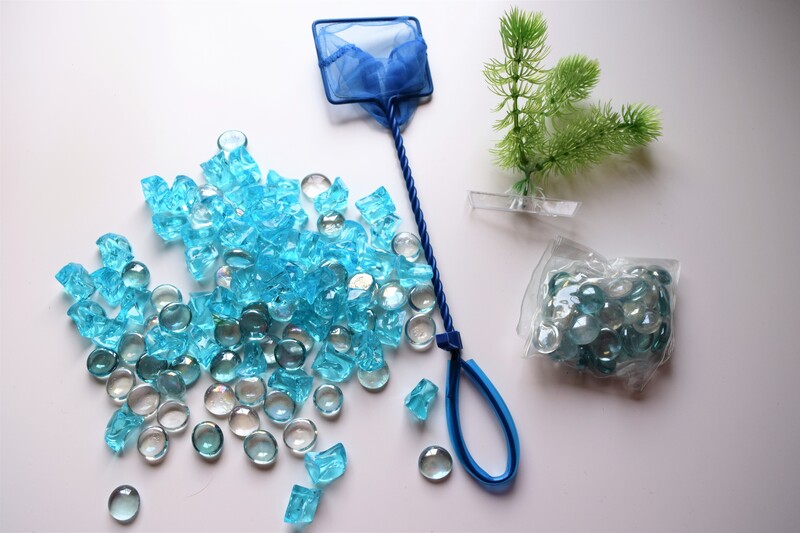Ensuring Your Sofa's Future: Long-Term Storage Insight
Posted on 17/05/2025
Ensuring Your Sofa's Future: Long-Term Storage Insight
Investing in a quality sofa is an investment in your home's comfort and style. But what happens if you need to store your sofa long-term--because of a move, downsizing, or a lengthy absence? Ensuring your sofa's longevity during storage isn't simply a matter of finding an empty space and shutting the door. Proper storage strategies can mean the difference between a preserved, pristine piece and one that's damaged beyond repair.
In this comprehensive guide, we'll unlock every essential aspect of long-term sofa storage--from pre-storage preparation and protective materials, to climate considerations and smart placement. Arm yourself with these best practices, and you'll maximize your sofa's life span--guaranteeing comfort and charm for years to come.
Why Proper Sofa Storage Matters
Your sofa is more than just a seat. It's a centerpiece--a valued part of your daily life and decor. Poor storage conditions can result in:
- Mold and mildew growth that causes odors and health risks.
- Warping and frame damage due to excessive moisture or pressure.
- Fading and fabric deterioration from improper covering or light exposure.
- Pest infestations that chew, stain, and destroy materials.
- Stains and dust accumulation that are challenging to remove.
The goal of long-term storage insight is to prevent these issues, so your sofa emerges from storage as inviting as ever.

How to Prepare Your Sofa for Long-Term Storage
Step 1: Clean Thoroughly
Start by cleaning your sofa. Any crumbs, spills, or surface dust will only attract pests or grow into stubborn stains over time. Follow these steps:
- Vacuum all crevices, cushions, and underneath the furniture to remove dirt, pet hair, and debris.
- Spot clean stains using manufacturer-recommended cleaners or a gentle upholstery solution.
- Allow to fully dry before moving to the next step. Dampness can lead to mold and mildew--even in the best storage conditions.
Step 2: Disassemble What You Can
If possible, disassemble your sofa into manageable pieces. This makes it easier for transportation, reduces stress on joints and material, and simplifies storage:
- Remove legs, feet, and cushions.
- Mark and bag all hardware for safe-keeping.
- Wrap smaller components individually for added protection.
Step 3: Choose the Right Wrapping Materials
Never use plastic wrap directly on upholstered sofas for extended periods. While it's tempting, plastic traps moisture--a recipe for mildew and odor. Instead, opt for:
- Breathable furniture covers (cotton or canvas) for fabric sofas.
- Moving blankets or linens--secure them with soft ties or tape (avoid sticky adhesives on sensitive surfaces).
- Bubble wrap for non-fabric components like wood or metal legs.
Step 4: Protect Against Pests
Even in climate-controlled facilities, pests can pose a threat. To safeguard your sofa:
- Use pest deterrent sachets (cedar, lavender) around and underneath the sofa.
- Avoid storing food or plants near your couch.
- Consider a storage unit that is regularly inspected for pests and rodents.
Optimal Storage Conditions for Long-Term Sofa Care
Now that your sofa is prepared, choosing the right storage environment is crucial. Here's what you should look for:
Consider Climate Control
Climate-controlled storage units keep temperature and humidity steady, preventing:
- Extreme hot or cold temperatures from warping frames and fading upholstery.
- High humidity from encouraging mold and mildew growth.
Tip: If budget allows, always choose a climate-controlled storage option for long-term sofa storage.
Choose an Elevated, Dry Location
Sofas should never rest directly on the floor, especially in basements or ground-level storage:
- Place pallets or boards beneath to allow air flow and guard against accidental leaks or floods.
- Keep away from external walls, which often have more temperature swings and possible condensation issues.
Avoid Sunlight and Fluorescent Light
Constant exposure to light is a leading cause of fading in fabrics and leathers. Your storage unit should:
- Be completely dark when sealed.
- Use soft, indirect lighting if access is required regularly.
The Right Way to Place Your Sofa in Storage
Keep it Upright--But Not Stacked
While you want to save space, never place heavy items on top of your sofa. This can flatten cushions, strain joints, or create permanent indentations. Instead:
- Store the sofa in its normal, upright position.
- Place smaller items around, not on top of, the sofa.
Give Your Sofa Breathing Room
Arrange your storage unit so air can circulate around your sofa:
- Leave six inches of space between walls and sofa edges.
- Avoid sealing the furniture in tight corners where dust and condensation can settle over time.
Cover, but Don't Seal Tightly
Do not wrap airtight! You want moisture to escape to avoid any buildup inside the fabric. Opt for loose, breathable storage covers.
Special Considerations by Sofa Material
Upholstered Sofas
- Use fabric-safe cleaners and ensure full dryness before storage.
- For delicate, natural fibers (like linen or wool), add silica gel packets to absorb excess moisture.
- If storing for years, plan to air out every 12 months for a few hours.
Leather Sofas
- Condition the leather with reputable creams to prevent cracking and drying.
- Keep well away from heat sources or direct sun exposure.
- Wrap in cotton covers, not plastic, to maintain suppleness.
Wooden-Framed Sofas
- Check wood for signs of pests or rot before storage.
- Apply protective wax or oil to exposed surfaces.
- Wrap legs and corners in bubble wrap for impact protection.
Sofa Storage Mistakes to Avoid
Even with the best intentions, certain mistakes can still endanger your sofa's future:
- Using plastic shrink wrap directly on fabric or leather for over a month.
- Ignoring humidity levels; unchecked moisture is a major hazard.
- Placing sofas in garages, attics, or shed spaces with major temperature swings or pest exposure.
- Forgetting to check in on your storage every few months--some issues develop gradually.
Regular Maintenance While in Storage
Long-term sofa storage isn't a set-and-forget task. Plan for these easy maintenance routines:
- Visit every three to six months: Check covers, look for signs of mold or pests, and change moisture absorbers if needed.
- Avoid compressing the cushions: If safe, rotate or fluff them lightly to keep from flattening over time.
- Update coverings: Replace covers that become torn, wet, or overly dusty.
Smart Alternatives: When to Store vs. When to Donate
Sometimes, even with the best long-term storage solutions, it may be more practical to donate, sell, or recycle an older or highly worn sofa. Ask yourself:
- Is the sofa structurally sound and valuable?
- Will storage costs over time exceed the value of replacing the sofa later?
- Are there sentimental reasons to preserve the piece?
For heirloom or high-value sofas, proper storage is a wise choice. For cheaper or heavily used couches, consider whether rehoming is a better long-term strategy.

FAQs: Crucial Tips for Ensuring Your Sofa's Future
- How long can I store a sofa safely? -- With ideal conditions and periodic checks, quality sofas can be stored for several years without damage.
- What if my storage unit is not climate-controlled? -- Use extra absorbers like silica gel or desiccant buckets, and choose the driest, most elevated spot possible.
- Can I store my sofa in a garage? -- Only do so if the garage is finished, well-insulated, and free of pests. Avoid unheated or damp garages.
- Is insurance necessary for my stored sofa? -- For valuable or sentimental pieces, renter's insurance can be a wise safety net.
Conclusion: Protect Your Investment with Long-Term Sofa Storage Insight
Ensuring your sofa's future is about smart, proactive steps--not luck. From initial cleaning and careful disassembly to climate-smart storage locations and regular check-ins, you have the power to preserve beauty and utility for years or even decades.
By following these long-term storage insights and strategies, you'll rest easy knowing your sofa's future is secure. Whenever you bring it back home, you'll rediscover the comfort and charm you remember--untouched by the passing seasons.
Ready to safeguard your sofa? Start your storage journey with these expert tips and enjoy peace of mind for years to come!



